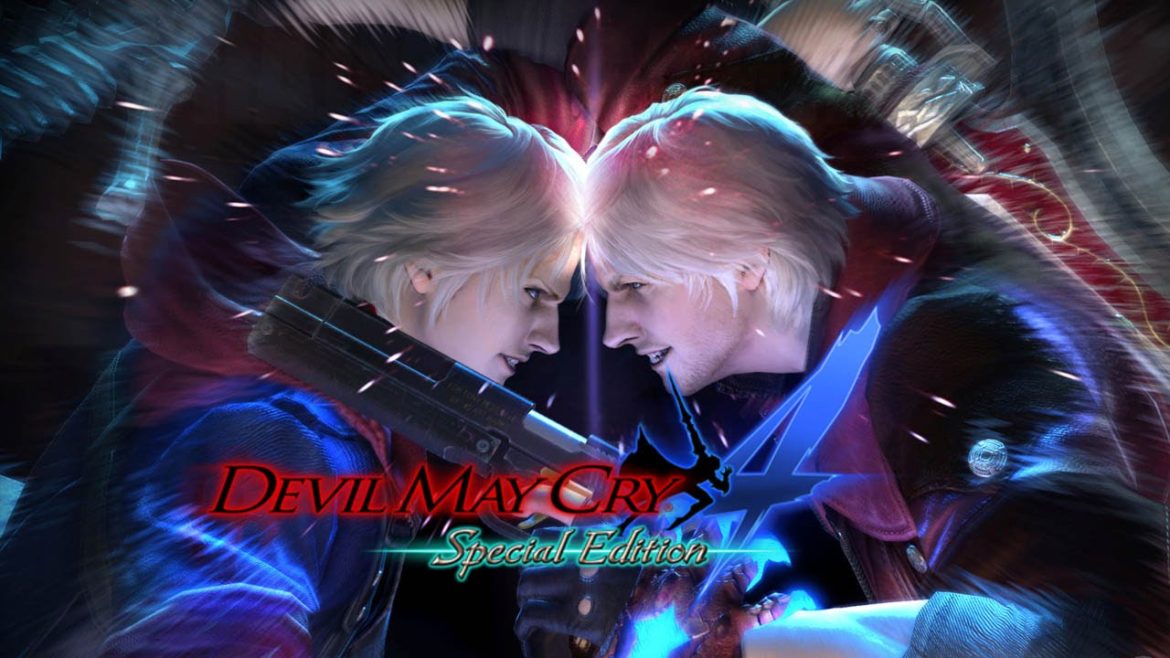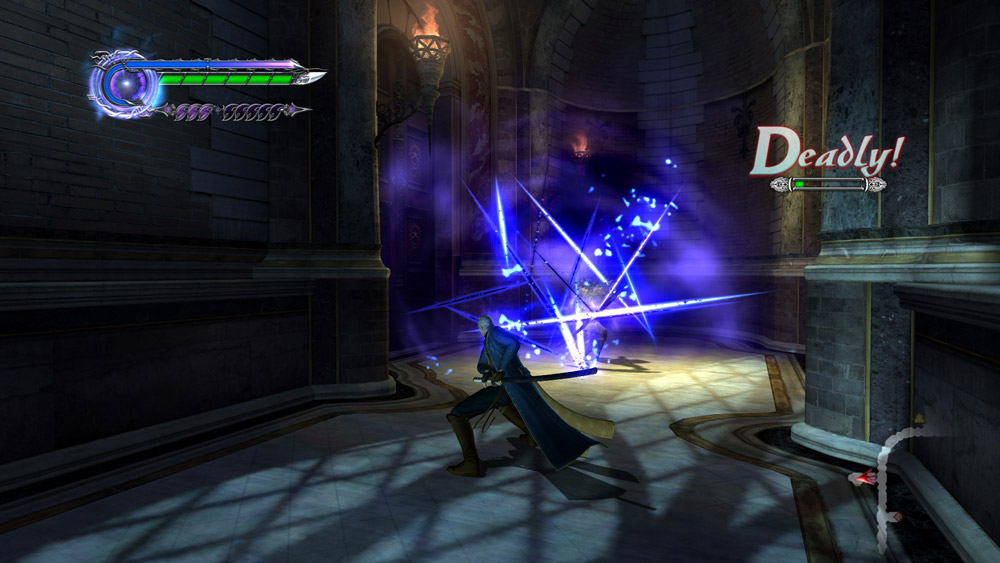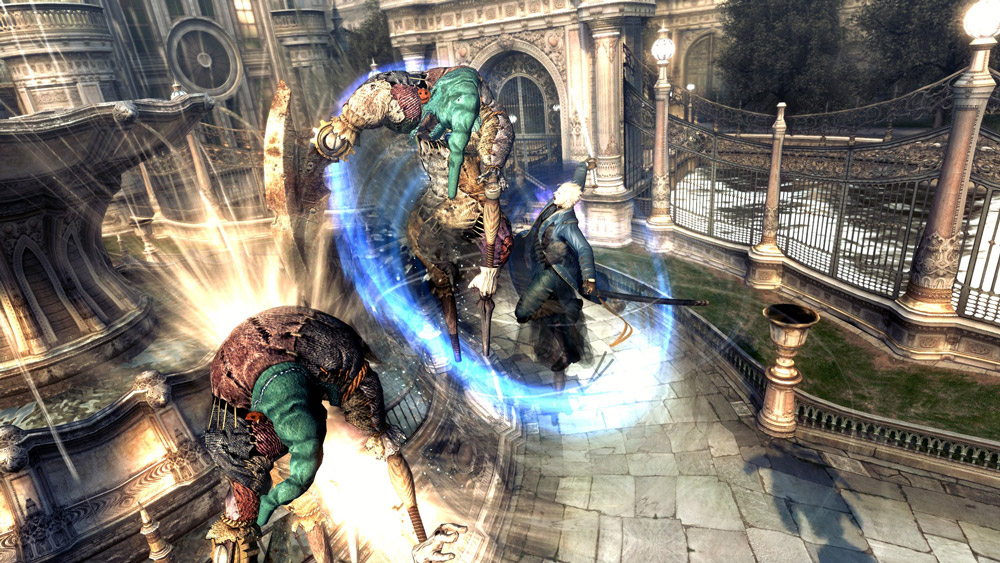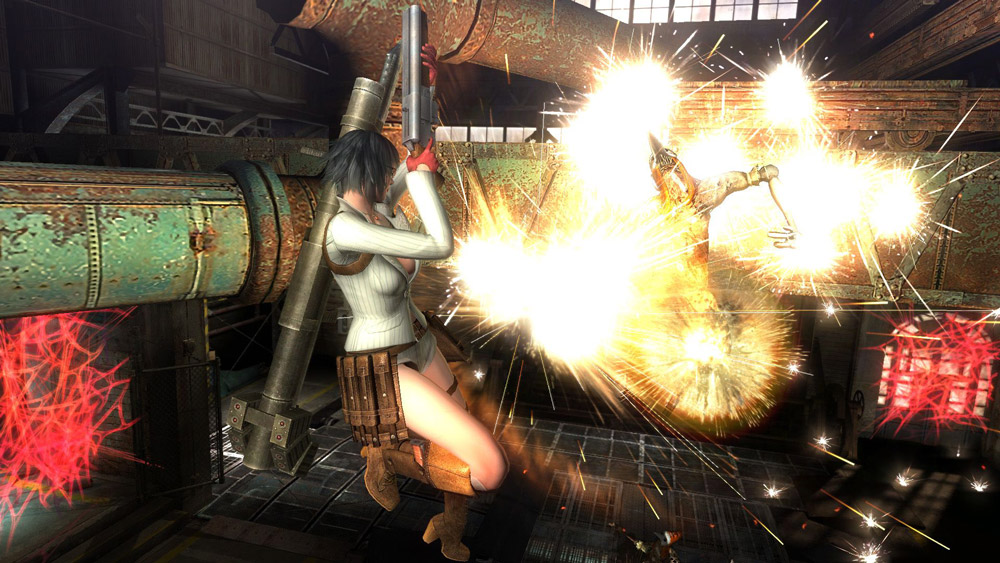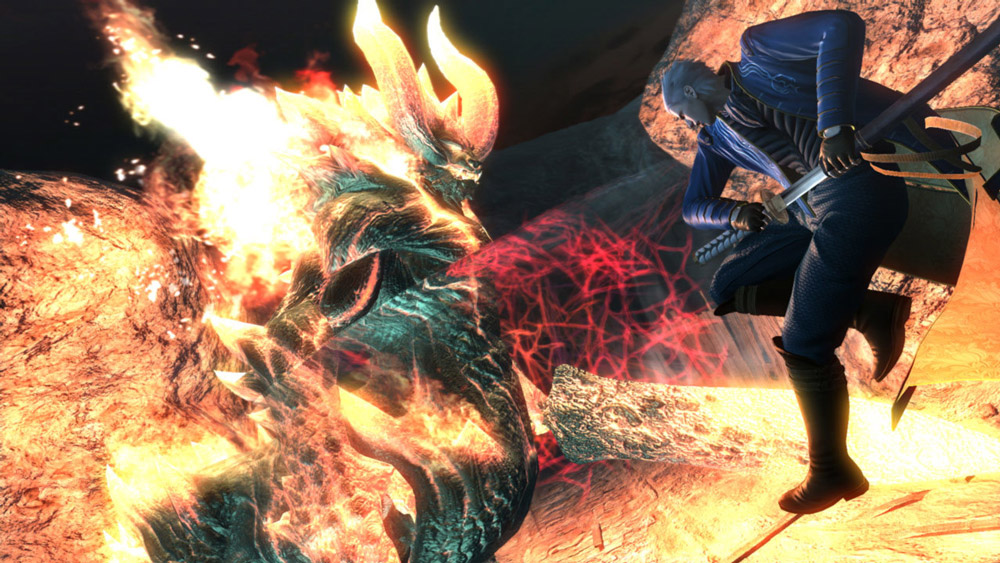TL;DR
Devil May Cry 4 Special Edition upgrades the classic action game with boosted graphics and three new characters (Vergil, Lady, Trish), each offering a unique playstyle. While Vergil's versatility shines, a lack of save files is a frustrating oversight. Visually, it’s a smoother experience with a consistent 60fps, though boss scale and enemy variety feel dated compared to modern titles. The core gameplay still offers challenging arcade-style combat and a fantastic soundtrack, but some camera angles and design choices betray its age. It’s a solid, affordable retro treat for fans, but unlikely to win over many newcomers. Curious to see if the classic demon-slaying action still holds up? Dive into the full review!
Devil May Cry 4 arrives on current-generation consoles with enhanced graphics and additional playable characters. But does this Special Edition recapture the magic and success of the original?
It’s remarkable to consider that seven years have passed since the initial release of Devil May Cry 4 on PS3 and Xbox 360, a title that earned our highest rating. In 2008, Capcom’s talented internal studio delivered a high-octane, visually impressive action game, particularly notable early in the PS3’s lifecycle (roughly analogous to this release on the PS4). This was well before landmark titles like God of War III and Ninja Theory’s cyberpunk-infused Devil May Cry/DMC reboot. Capcom has now opted to re-release the classic DMC 4 on current-generation hardware in a Special Edition, featuring refined graphics, a resolution bump to 1080p, a targeted 60fps, and additional playable characters. The key question is: how well does the core gameplay experience hold up today?
The narrative of Devil May Cry 4, effectively the third installment in the DMC saga (given that DMC 3 was a prequel), involves a sinister clergy, a mysterious iteration of Dante, and a host of formidable monster bosses. Previously, players were limited to Dante and the brash, Nero. This edition expands the roster to include the samurai-inspired Vergil, as well as the demon hunters Lady and Trish. Each character offers a distinct play style, catering to diverse preferences and approaches. Vergil, with his three unique and switchable swords (each possessing advantages and disadvantages), arguably provides the greatest versatility. Meanwhile, Lady’s bazooka and Nero’s dual pistols offer potent crowd-control capabilities. A significant oversight is the lack of multiple save file support in DMC 4 SE; switching characters necessitates deleting the current save and starting anew. This is particularly problematic for multi-user consoles. While PSN ID logins offer a workaround, modern games should ideally provide at least three save slots, especially when offering multiple playable characters.
DMC 4 SE is positioned as a remake of a classic, offered at a mid-range price point, a crucial factor when evaluating the title. Realistically, it cannot compete with advancements made in the genre since its original release. Instead, it provides an updated retro experience for a reasonable price (SEK 229). The package also includes Legendary Knight Mode, initially introduced in the PC version, a challenging horde mode reminiscent of Dynasty Warriors. Reports indicate that the Xbox One version may struggle to maintain a consistent 60fps in this mode, according to tests conducted by our UK-based colleagues.
Regarding the visuals: DMC 4 was stylistically impressive for its time, and the PS4’s resources are certainly beneficial. Capcom has implemented enhancements reminiscent of the Resident Evil remakes. However, given DMC 4‘s already strong visual presentation on the PS3, the upgrade is not as dramatic as that seen in the Resident Evil titles, which originated on the PS One. The most significant improvement lies in the fluid frame rate, consistently delivering 60 frames per second, evoking the feel of a high-octane Japanese arcade experience. PC users with powerful hardware can further enhance the visuals with anti-aliasing and NSAA. However, the scale of the “enormous” bosses is less impressive by modern standards, considering titles such as God of War 3 and Bayonetta 2. The boss design and detail also feel somewhat dated, an issue compounded by the waves of generic enemies encountered throughout each level. Greater enemy variety would have been a welcome addition.
The audio remains largely unchanged from the original, featuring familiar sound effects and Japanese hard rock tracks (performed in English). The soundtrack is often intense and frenetic, but this contributes to the overall charm and arcade-inspired feel characteristic of Japanese action games, a genre to which DMC 4 SE clearly belongs.
The controls present a mixed experience. The game utilizes a combination of fixed camera angles and free 3D movement (generally during larger battles, which is a positive). However, the camera behavior can occasionally lead to disorientation, particularly when navigating the map as the camera angle shifts abruptly. This makes it difficult to maintain orientation, and can result in unintended backtracking. This aspect of the game’s design feels somewhat dated, and certain sequences requiring precise movements can become unnecessarily complicated due to the occasionally illogical camera and fixed angles. However, the boss fights remain engaging, offering a challenging arcade experience for players seeking a test of their button-mastery skills, even if they lack the visual impact they once possessed.
DMC 4 SE possesses a certain old-school charm, reminiscent of classic Japanese arcade action. However, nostalgia can be a double-edged sword; like revisiting beloved childhood films that no longer resonate as strongly, the experience is more of a pleasant reminder than a truly captivating one. Some experiences age more gracefully than others, and ironically, many films from the 1970s feel more modern than those from the 1980s. Devil May Cry 4: Special Edition falls somewhere in between. It retains the qualities and entertainment that made the original so captivating in 2008. However, certain aspects have aged, making it unlikely that DMC 4 SE will attract a large new audience, although it will appeal to fans of the original. It’s a solid remake, offered at a reasonable price, that improves upon the original in nearly every respect. Unfortunately, it cannot overcome the underlying design elements that feel distinctly last-generation. This refers not to the graphics and sound, but rather to the game design and controls. Ultimately, the standards are simply different now than they were seven years ago.
